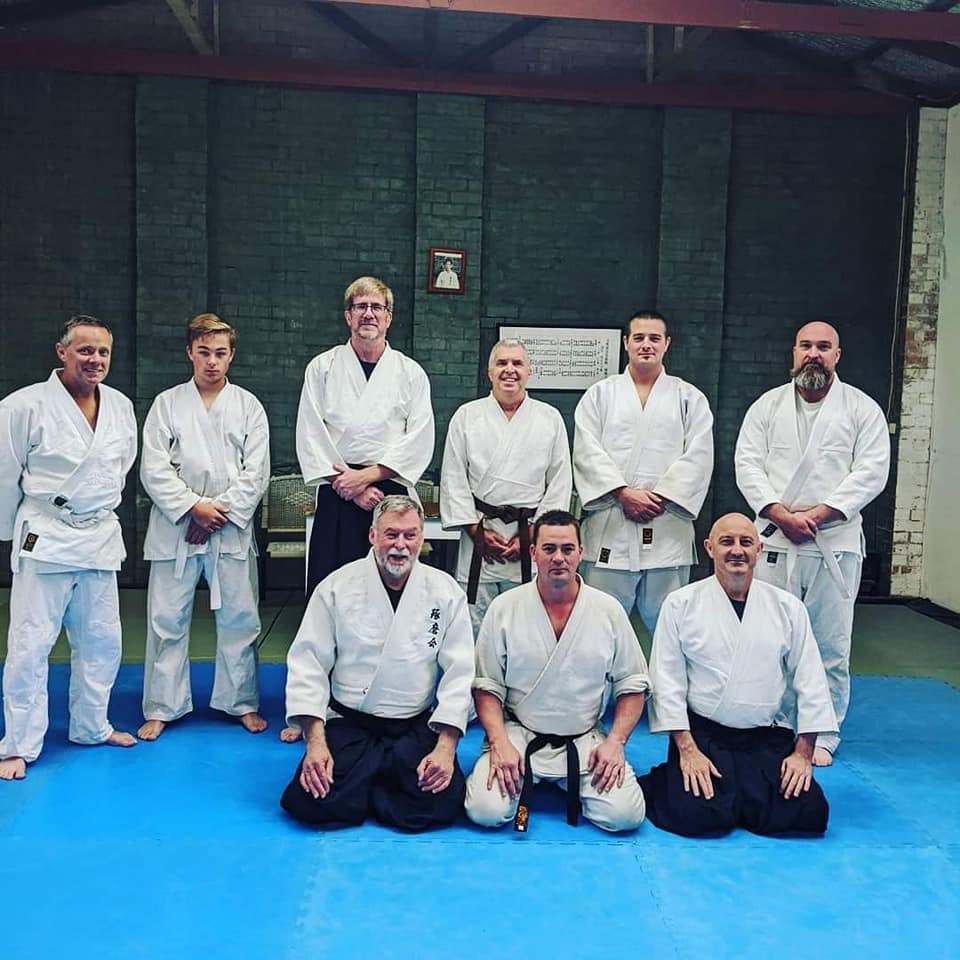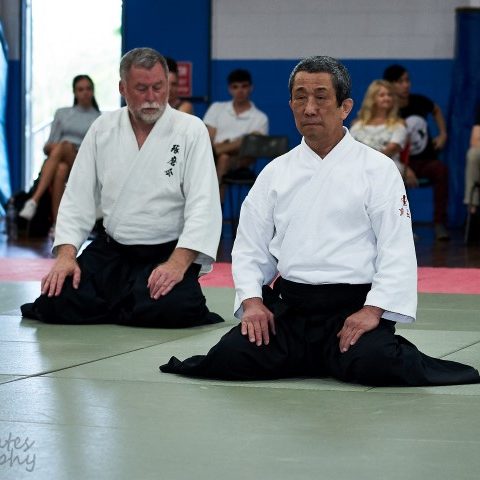Daito-ryu Aiki Jujutsu
Daitō-ryū Aiki Jūjutsu in Australia preserves the depth and tradition of one of Japan’s most influential martial arts. Taught through authentic lineages and guided by experienced instructors in Victoria and Queensland, training focuses on precision, timing and subtle control rather than strength.
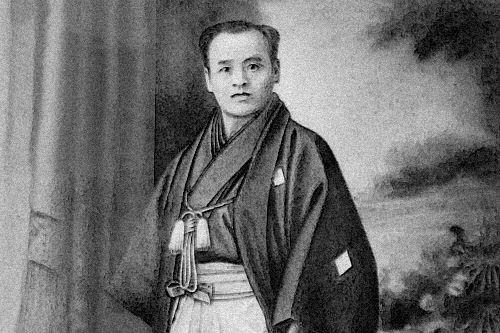
The History
Daitō-ryū Aiki Jūjutsu traces its roots to Minamoto no Yoshimitsu in the 11th century, preserved for centuries within the Takeda family of the Aizu domain. It became a public martial art under Takeda Sokaku in the late 19th–early 20th century. His son, Tokimune later formalised the style under the name Daitō-ryū Aiki Jūjutsu.
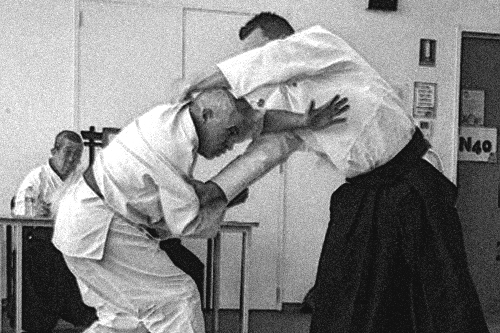
The Style
The core of Daitō-ryū Aiki Jūjutsu lies in using timing, subtle body alignment, and precise control of an opponent’s balance and intent, rather than strength to neutralise attacks. The “aiki” methods focus on blending with an opponent’s movement, leading their center and applying small, refined joint locks, pins and throws that exploit natural biomechanical weaknesses. The art is essentially the science of structure, leverage, and nervous-system response combined with the martial strategy of entering, redirecting and controlling with minimal force.
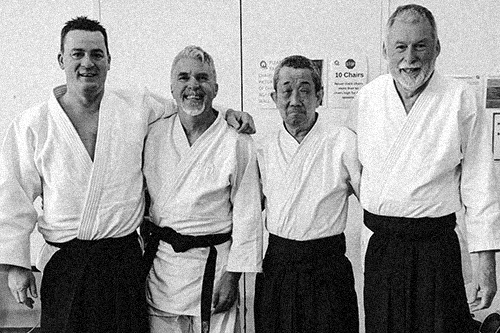
Training in Australia
The first official Daito-ryu Aiki Jujutsu class in Australia was facilitated by Ross Burns on 12 April 1980 in Geelong, VIC. With the support of Takumakai Leigh Dicker Sensei took over the leadership on 15 December, 2000. The head of Takumakai, Kawabe Shihan makes regular visits from Osaka Japan. Other exchange visits between Takumakai Daito-ryu Japan and Australia occur on a regular basis.
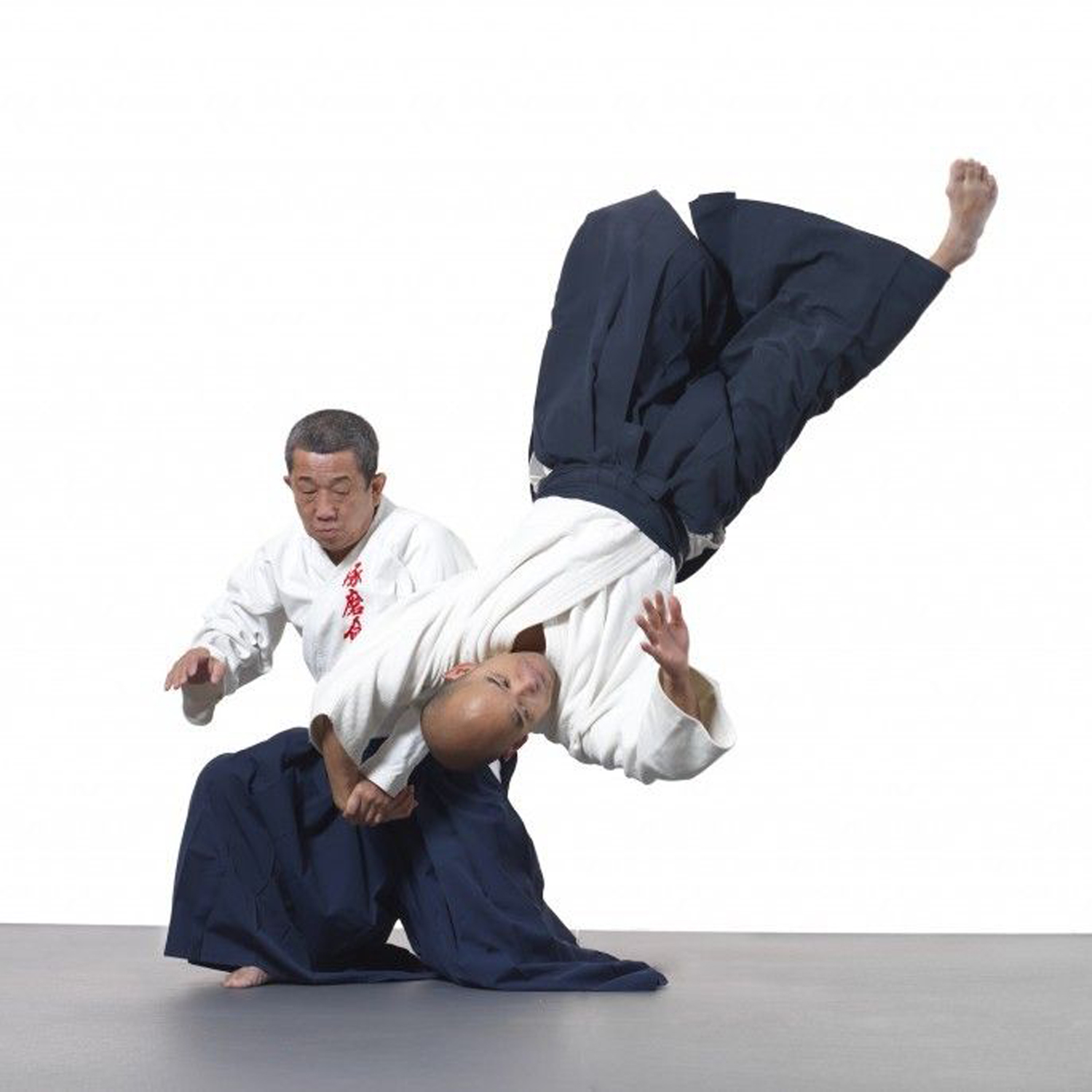
Kawabe Shihan
Kawabe Shihan (Kawabe Takeshi) is the senior instructor of Daitō-ryū Aiki Jujutsu Takumakai and one of the organisation’s most active and internationally recognised teachers. Born in Osaka in 1944, Kawabe Shihan began martial arts at Momoyama Gakuin University, studying both Aikido and Daito-ryu under teachers like Takuma Hisa and Hirokazu Kobayashi. After briefly stepping away for work, Kawabe Shihan returned to train under Hisa Sensei, and has since devoted nearly 40 years to Daito-ryu, earning ranks that include Aikido Nidan, Daito-ryu Nidan, Kyoju Dairi, Rokudan and most recently 8th Dan. Committed to preserving and transmitting the techniques worldwide, Kawabe Shihan teaches extensively across Japan and travels to overseas Dojos in Finland, the USA and Australia.
Leigh Shihan
Leigh Dicker Sensei, Australian Director for Takumakai Aiki Jujutsu and Kobukan, began his martial arts journey in 1975 while studying architecture at Deakin University, later returning to training after establishing his architectural practice in Geelong. His discovery of Australia’s only Daitō-ryu dojo in 1989 marked the start of a committed path of study, leading him from Shodan in both Goshu-ryu and Daitō-ryu to Godan and the title of Shihan. A pivotal introduction to Kawabe Sensei in 1998 took him to Osaka, where training across several Takumakai dojo deeply shaped his understanding of the art. Since then, regular returns to Japan have strengthened his study and supported the growth of Takumakai Aiki Jujutsu in Australia.
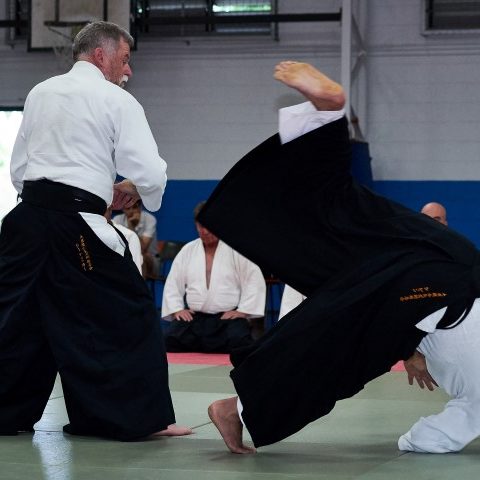
Dojo Information
In Australia, dedicated dojos offer students a rare opportunity to study this refined art in a modern, supportive environment.
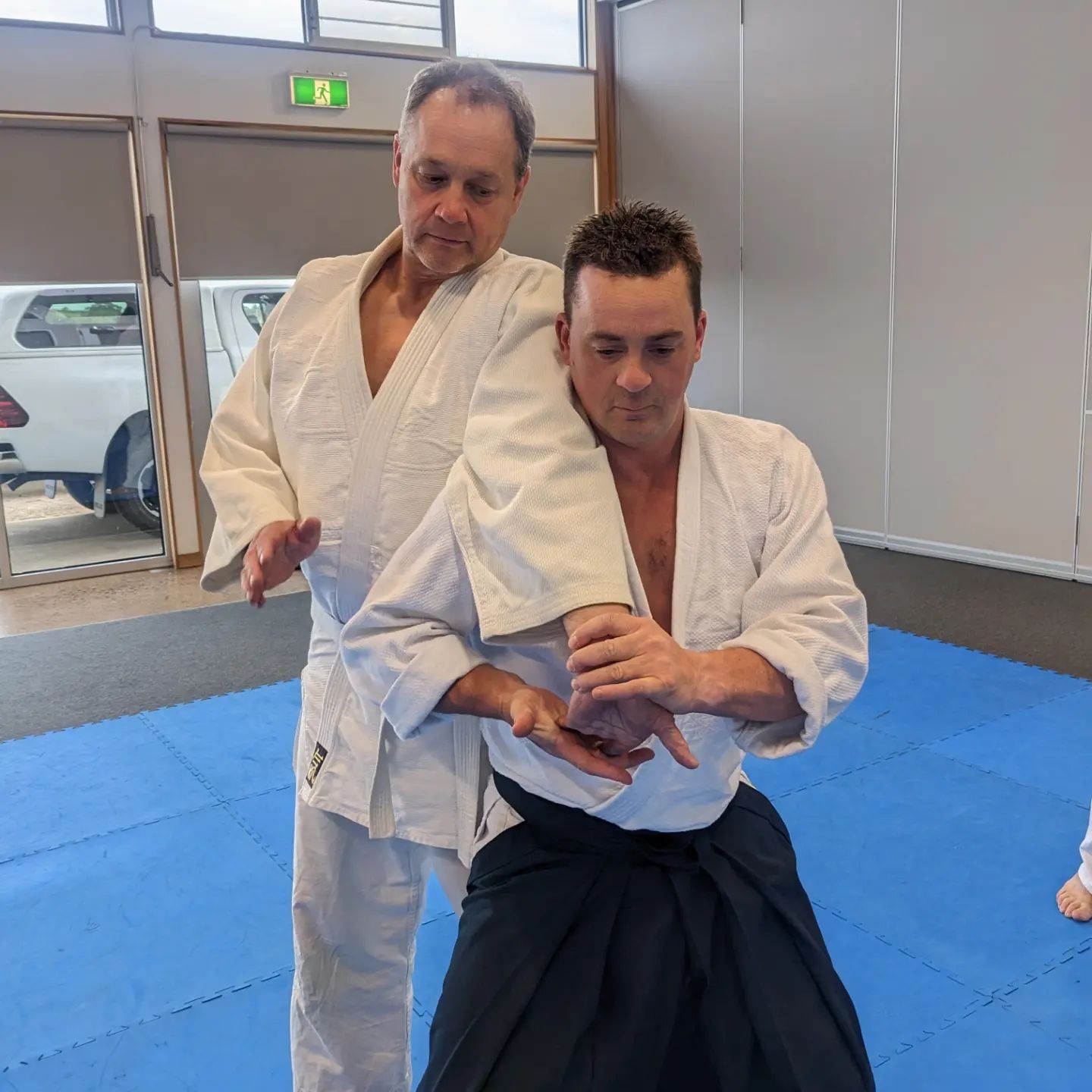
Instructors
Australia has four instructors:
